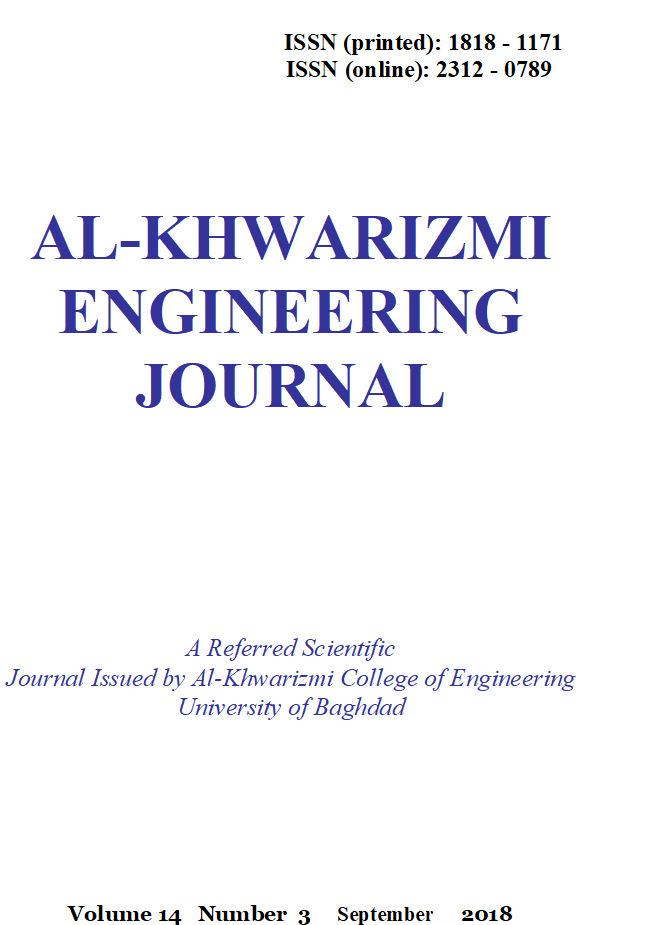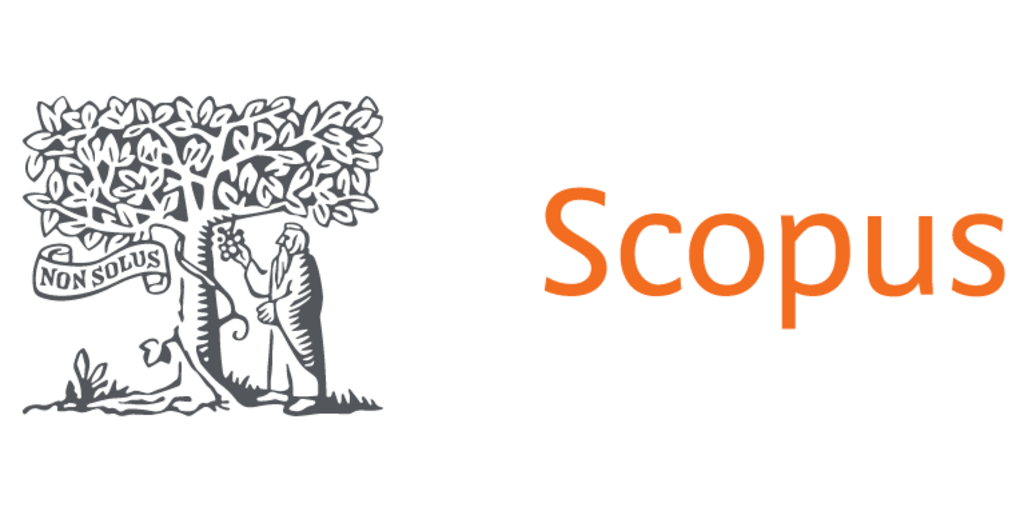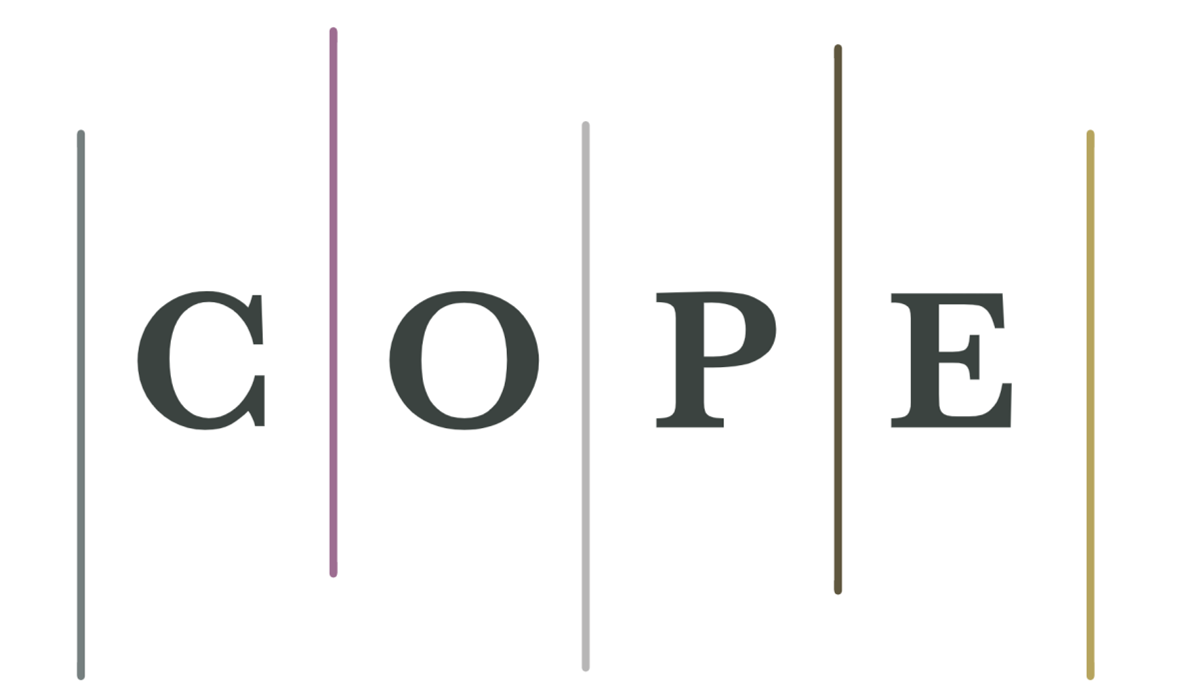Study the Effect of Cutting Parameters on Temperature Distribution and Tool Life During Turning Stainless Steel 316L
DOI:
https://doi.org/10.22153/kej.2018.01.007Keywords:
Cutting parameters, Finite difference method, Stainless steel 316L, Temperature distribution, Tool life, Turning operation.Abstract
This paper is focused on studying the effect of cutting parameters (spindle speed, feed and depth of cut) on the response (temperature and tool life) during turning process. The inserts used in this study are carbide inserts coated with TiAlN (Titanum, Aluminium and Nitride) for machining a shaft of stainless steel 316L. Finite difference method was used to find the temperature distribution. The experimental results were done using infrared camera while the simulation process was performed using Matlab software package. The results showed that the maximum difference between the experimental and simulation results was equal to 19.3 , so, a good agreement between the experimental and simulation results was achieved. Tool life was decreased when spindle speed and feed were increased.
Downloads
Downloads
Published
Issue
Section
License
Copyright: Open Access authors retain the copyrights of their papers, and all open access articles are distributed under the terms of the Creative Commons Attribution License, which permits unrestricted use, distribution, and reproduction in any medium, provided that the original work is properly cited. The use of general descriptive names, trade names, trademarks, and so forth in this publication, even if not specifically identified, does not imply that these names are not protected by the relevant laws and regulations. While the advice and information in this journal are believed to be true and accurate on the date of its going to press, neither the authors, the editors, nor the publisher can accept any legal responsibility for any errors or omissions that may be made. The publisher makes no warranty, express or implied, with respect to the material contained herein.
















